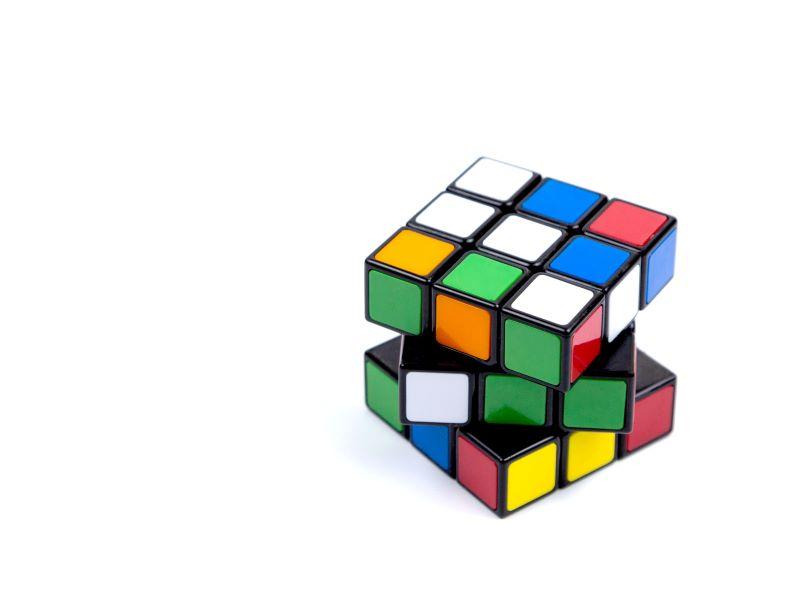
Using productive failure to activate deeper learning

Traditionally, higher education courses have followed a sequence: lectures, then tutorials, seminars and assignments. Lectures disseminate the content knowledge, tutorials provide the opportunity for problem-solving, and assignments the chance to elaborate upon the content knowledge.
We learn a lot of content knowledge in this way, especially in science, technology, engineering and mathematics (STEM) domains. We learn it well enough to pass tests and exams. Some of us even perform very well on these types of exams. Unfortunately, research shows that this way of teaching – lecture-based instruction followed by problem-solving – might be effective for passing exams, but it is not as effective in developing the deeper understanding and long-term knowledge transfer we aim to achieve.
Enter productive failure
Over the past two decades, research has accumulated evidence that simply reversing the learning sequence – so starting with problem-solving and following it with instruction – can yield powerful learning opportunities that create deeper understanding and transfer of knowledge.
Of course, you may argue: “What is the point of starting with problem-solving if students have not yet learned the concepts? Wouldn’t they fail to solve these problems?”
So, what then constitutes the value of failure before instruction?
It turns out that such failure, if carefully designed, can be the locus of powerful learning. Hence the term “productive failure”. Let me give you an example and explain why it works.
Imagine trying to teach the statistical concept of standard deviation. Instead of first explaining the concept and then giving students problems to solve, in productive failure, we design problems for students to solve first – even though they have not yet been introduced to the concepts.
Designing problems to activate learning
These problems are designed based on principles that are beneficial for activating students’ prior knowledge. The problems are designed to be engaging and intuitive, with the expectation that while students may generate multiple ideas and solutions, these are anticipated to be sub-optimal or incorrect.
This is precisely what activates the knowledge that is necessary for learning. It also allows students to develop an awareness of their knowledge gap: what they know and do not know.
Having invested effort into generating solutions that did not work, students then approach these activities sparked with interest in learning and understanding the correct or most efficient way to solve problems.
The experience changes their affect, or psychological state, making them more receptive to new concepts.
Finally, there is the assembly. This is where a teacher comes in to facilitate learning, explaining the problems and the solutions to the students, comparing the students’ ideas with the correct solutions, and thereby helping them see what is critical, what works and why, and integrating new knowledge with the activated prior knowledge.
Evidence for productive failure as a teaching tool
Our research demonstrates big improvements in learning outcomes based on productive failure as a teaching model. We conducted a meta analysis of 53 research studies reporting 166 experimental comparisons between productive failure and traditional instruction to quantify and understand the average effect on learning. Focusing particularly on secondary school and undergraduate university students, we assessed their ability to comprehend and apply concepts in mathematics, physics, chemistry, biology and medicine.
Carefully designed problem-solving before students learn the theory has nearly twice the effect size of receiving a year of instruction from a good teacher, our findings showed. We also found that where this mode of teaching is used with high fidelity to principles of productive failure, the effects can be up to three times that of a good teacher.
There are four mechanisms at work – activation, awareness, affect and assembly – that could easily be used to enhance teaching and learning strategies.
We have applied productive failure in a variety of contexts and domains. From the smaller boutique courses with groups of 10 students to large foundation classes of hundreds. Regardless of the context, we maintain a focus on three to five major concepts for which we design productive-failure-based instruction. The results have been not only impressive but also consistent with the findings of the meta analysis. I encourage you to give productive failure a shot. Let me know what you and your students discover.
Manu Kapur is professor of learning science and higher education and directs the Future Learning Initiative at ETH Zurich.


